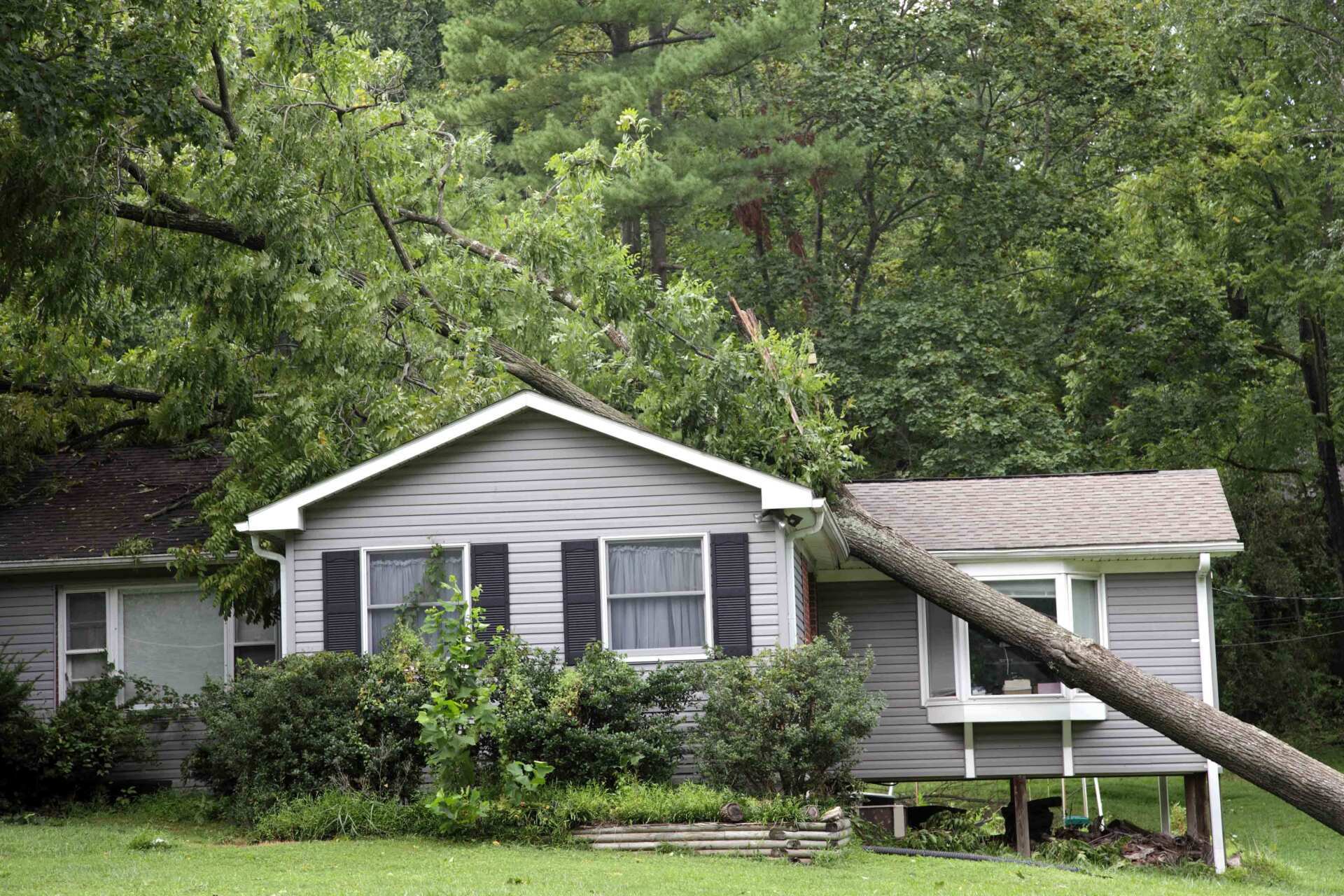Roof Damage From Fallen Trees, Wind & Hail?


The Insurance Claims Process
Typically a policy holder hires a public adjuster to document and expedite their claims, obtain a more satisfactory claim recovery, more quickly, and completely restore their residence or business operations and insulate themselves from the stress of engaging in an adversarial role with a large corporation.
The public adjuster's main responsibilities are to:
- Evaluate existing insurance policies in order to determine what coverage may be applicable to a claim.
- Research, detail, and substantiate damage to buildings and contents and any additional expenses.
- Evaluate business interruption losses and extra expense claims for businesses.
- Determine values for settling covered damages.
- Prepare, document and support the claim on behalf of the insured.
- Negotiate a settlement with the insurance company on behalf of an insured.
We are Public Claims Adjusters serving all of South Eastern PA & New Jersey
Call the experts with 31 years of building and construction experience.
Our service area in Northwest Philadelphia includes:
- Mt Airy 19119
- Germantown 19144
- Chestnut Hill 19118
- West & East Oak Lane 19126
- Logan 19141
- Olney 19120
- Roxborough 19128
- And More!
There Are A Variety Of Standard Homeowners Insurance Policies.
HO1 BASIC FORM HOMEOWNER POLICY
A basic policy form that provides coverage on a home against 11 listed perils; contents are generally included in this type of coverage but must be explicitly enumerated. The perils include fire or lightning, windstorm or hail, vandalism or malicious mischief, theft, damage from vehicles and aircraft, explosion riot or civil commotion, glass breakage, smoke, volcanic eruption, and personal liability. Exceptions include floods, earthquakes. Most states no longer offer this type of coverage.
HO2 BROAD FORM HOMEOWNER POLICY
A more advanced form that provides coverage on a home against 17 listed perils (including all 11 on the HO1). The coverage is usually a “named perils” policy, which lists the events that would be covered.
HO3 SPECIAL FORM HOMEOWNER POLICY
The typical, most comprehensive form used for single-family homes. The policy provides “all risk” coverage on the home with some perils excluded, such as earthquake and flood. Contents are covered on a named peril basis. (Note: “All Risk” is poorly termed as it is essentially named exclusions (ie. if it is not specifically excluded, it is covered).
HO4 RENTER’S INSURANCE
The “Tenants” form is for renters. It covers personal property against the same perils as the contents portion of the HO2 or HO3. An HO4 generally also includes liability coverage for personal injury or property damage inflicted on others.
HO5 PREMIER HOMEOWNER POLICY
Covers the same as HO3 plus more. On this policy the contents are covered on an open peril basis, therefore as long as the cause of loss is not specifically excluded in the policy it will be covered for that cause of loss. (can also be achieved by endorsing an HO15 to the HO3)
HO6 CONDOMINIUM POLICY
The form for condominium owners.
HO8 OLDER HOUSES
The “Modified Coverage” form is for the owner-occupied older home whose replacement cost far exceeds the property’s market value.
COVERAGE CLASSIFICATIONS
For each policy, there are typically 5 classifications of coverage. These are based on standard Insurance Services Office or American Association of Insurance Services forms.
SECTION I — PROPERTY COVERAGES COVERAGE A DWELLING
Covers the value of the dwelling itself (not including the land). Typically, a coinsurance clause states that as long as the dwelling is insured to 80% of actual value, losses will be adjusted at replacement cost, up to the policy limits. This is in place to give a buffer against inflation. HO-4 (renter’s insurance) typically has no Coverage A, although it has additional coverages for improvements.
COVERAGE B OTHER STRUCTURES
Covers other structure around the property that are not used for business, except as a private garage. Typically limited at 10% to 20% of the Coverage A, with additional amounts available by endorsement.
COVERAGE C PERSONAL PROPERTY
Covers personal property, with limits for the theft and loss of particular classes of items (e.g., $200 for money, banknotes, bullion, coins, medals, etc.). Typically 50 to 70% of coverage A is required for contents, which means that consumers may pay for much more insurance than necessary. This has led to some calls for more choice.
COVERAGE D LOSS OF USE/ADDITIONAL LIVING EXPENSES
Covers expenses associated with additional living expenses (i.e. rental expenses) and fair rental value, if part of the residence was rented, however only the rental income for the actual rent of the space not services provided such as utilities.
ADDITIONAL COVERAGES
Covers a variety of expenses such as debris removal, reasonable repairs, damage to trees and shrubs for certain named perils (excluding the most common causes of damage, wind and ice), fire department changes, removal of property, credit card / identity theft charges, loss assessment, collapse, landlord’s furnishing, and some building additions. These vary depending upon the form.
EXCLUSIONS
In an open perils policy, specific exclusions will be stated in this section. These generally include earth movement, water damage, power failure, neglect, war, nuclear hazard, septic tank back-up expenses, intentional loss, and concurrent causation (for HO-3).
In NORTHWEST PHILADELPHIA Call 215-848-5606
In Greater Northeast Philadelphia Call 215-969-8169
7820 Castor Ave Philadelphia, PA 19152
- Mon - Sun
- Open 24 hours
